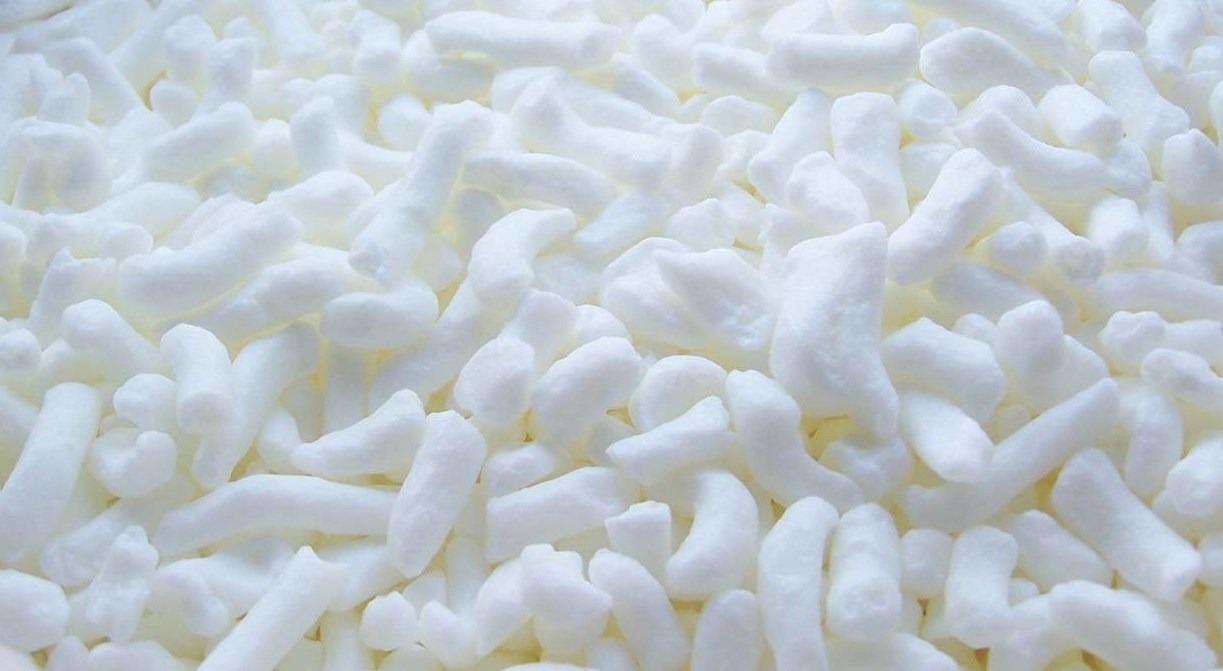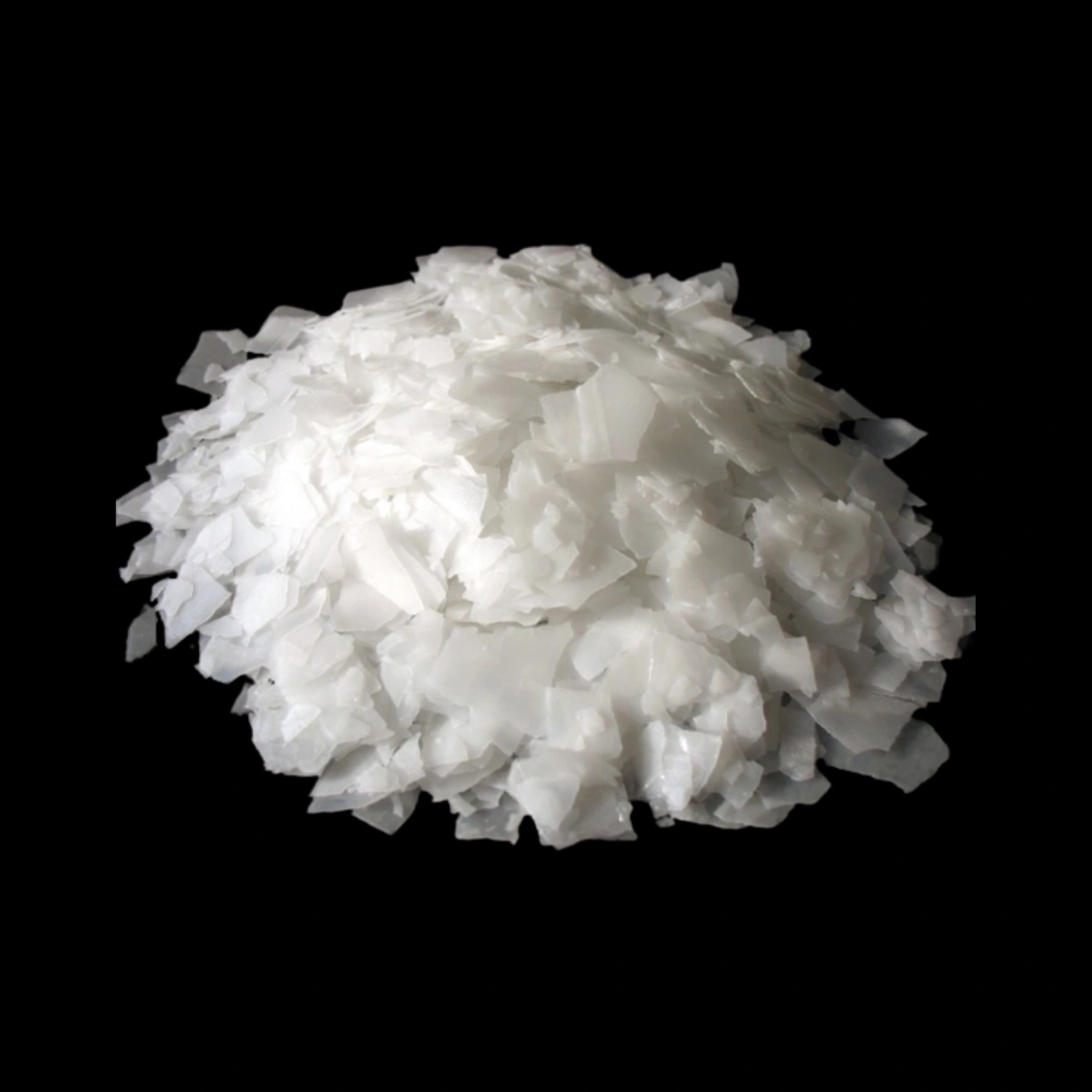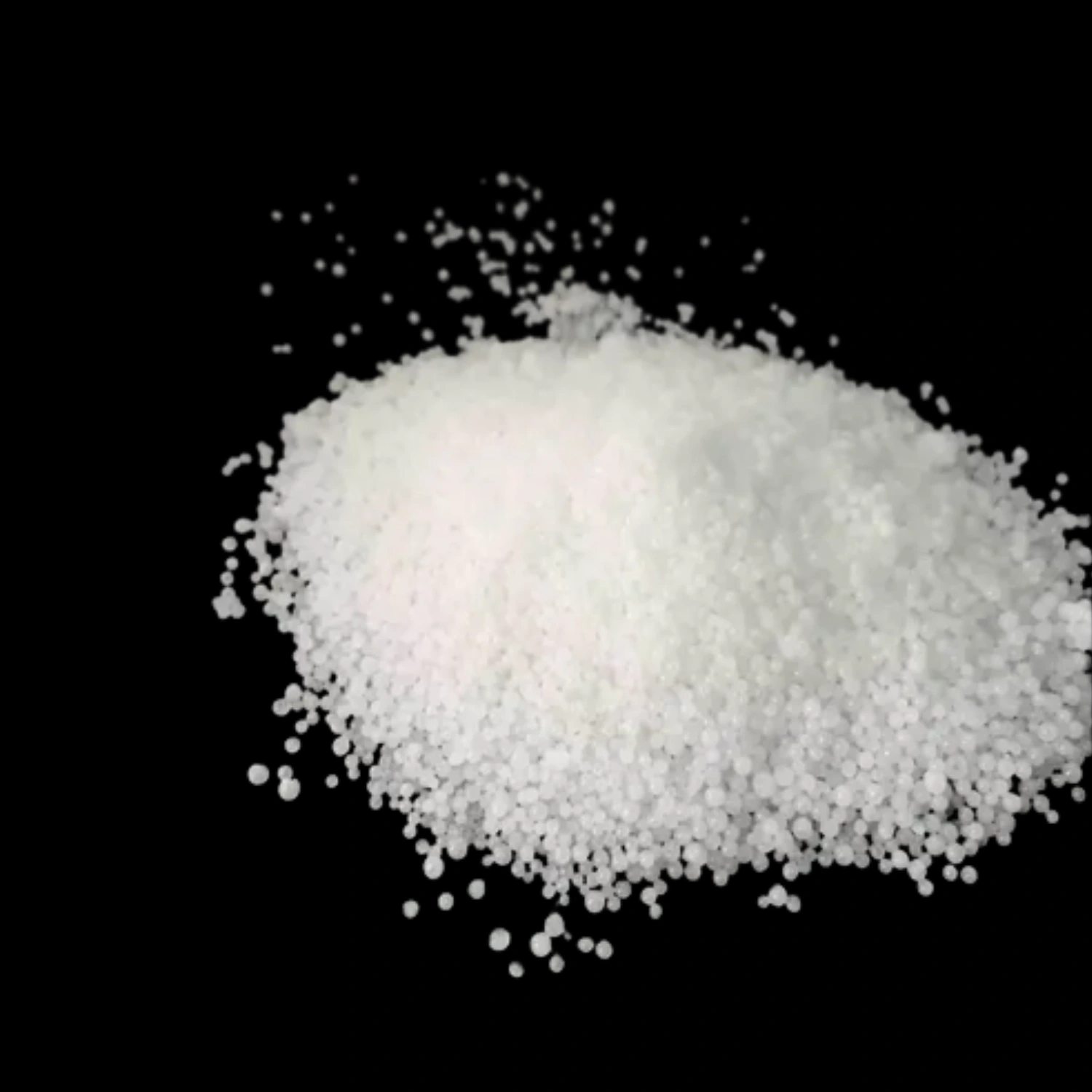Monochloroacetic Acid - India
|
IUPAC Name |
: 2-chloroacetic acid |
|
Cas Number |
: 79-11-8 |
|
HS Code |
: 2924.12.10 |
|
Formula |
: C2H3ClO2 |
Basic Info
|
Appearance Name |
: Colorless to light-brown crystalline material |
|
Common Names |
: Chloroacetic acid, Chloroethanoic acid, Monochloro |
|
Packaging |
: 25/50 kg Net HDPE Bags with Liner inside. 500/1050 kg PP FIBC Jumbo Bag |




